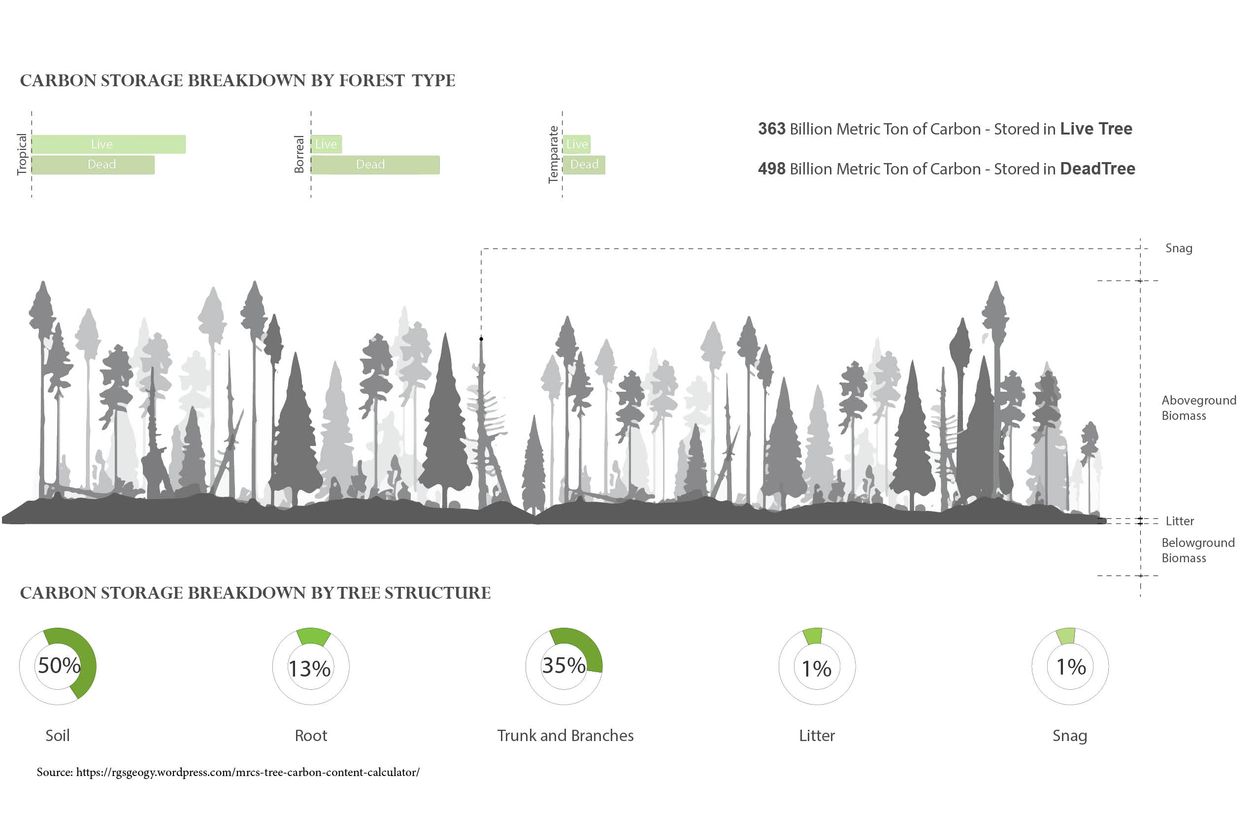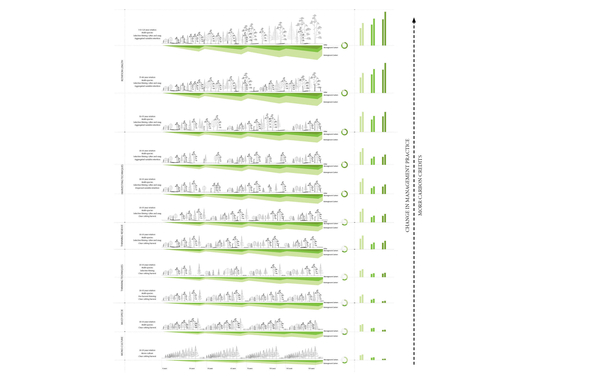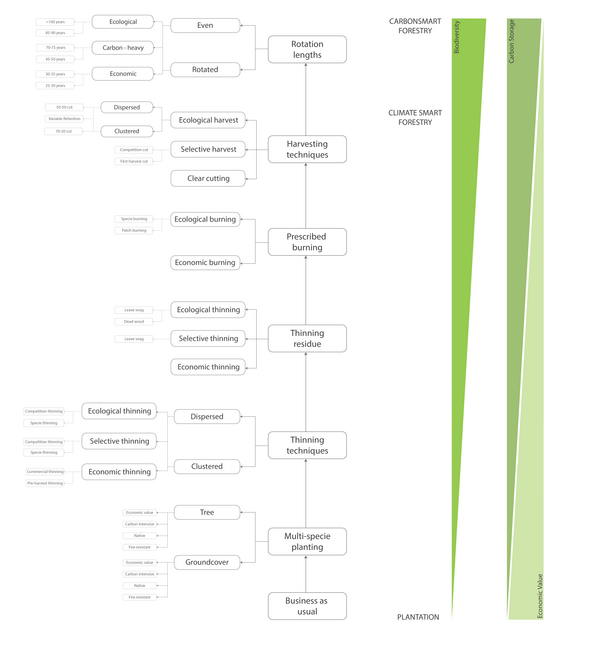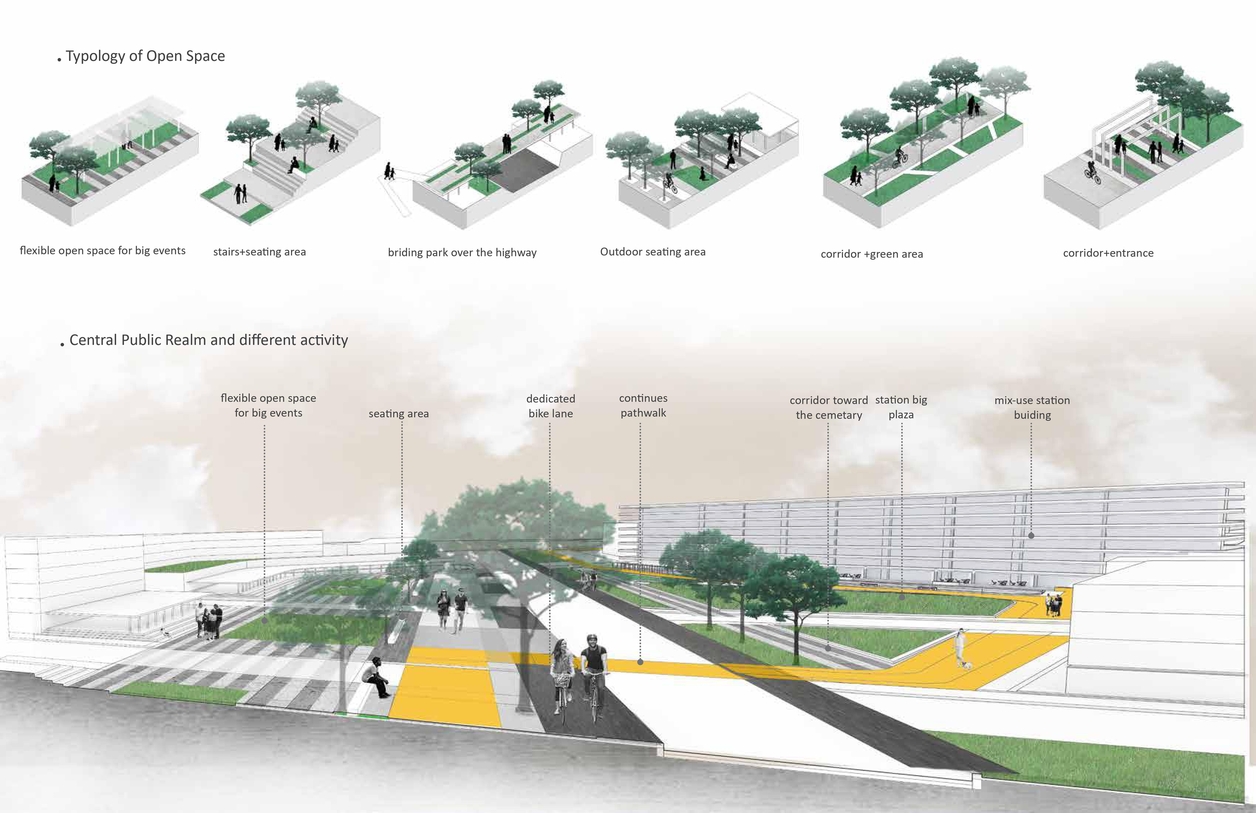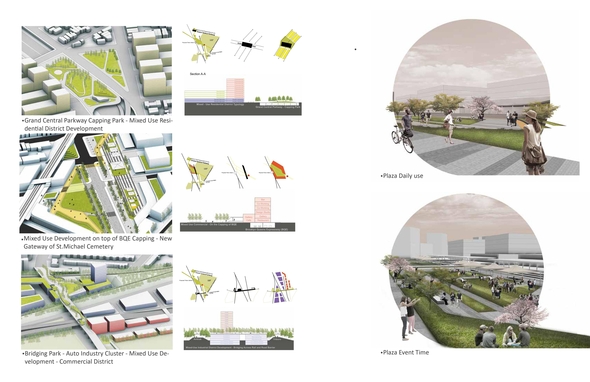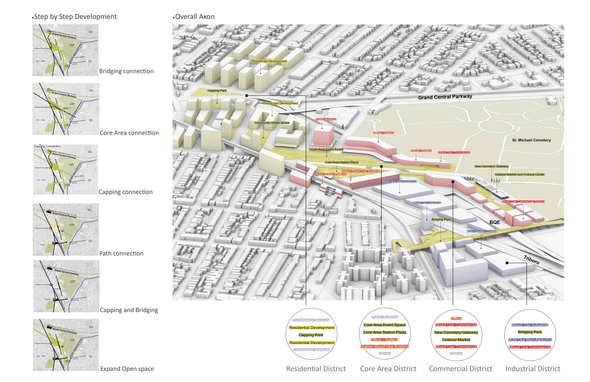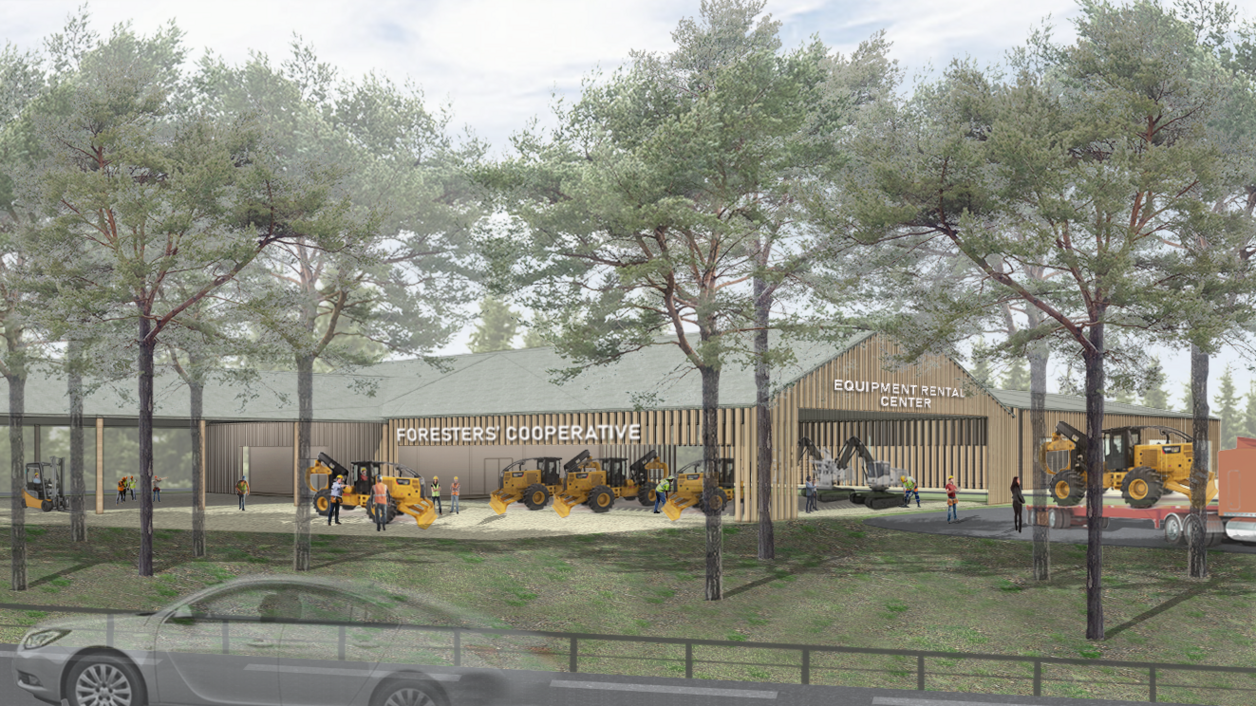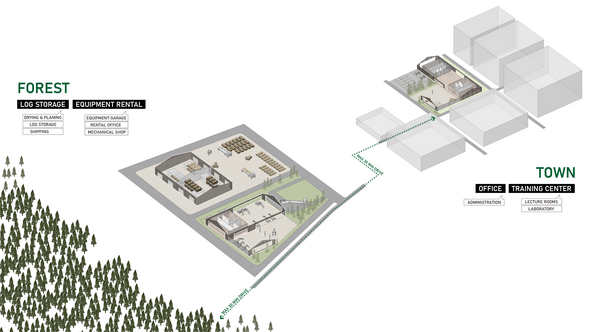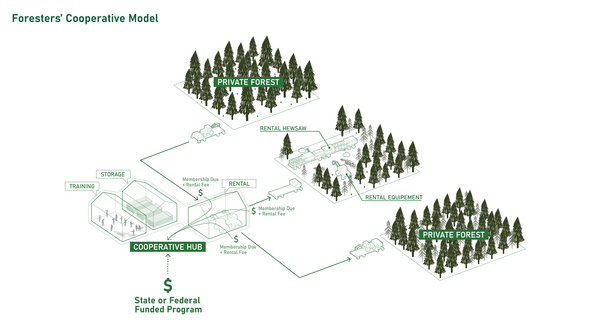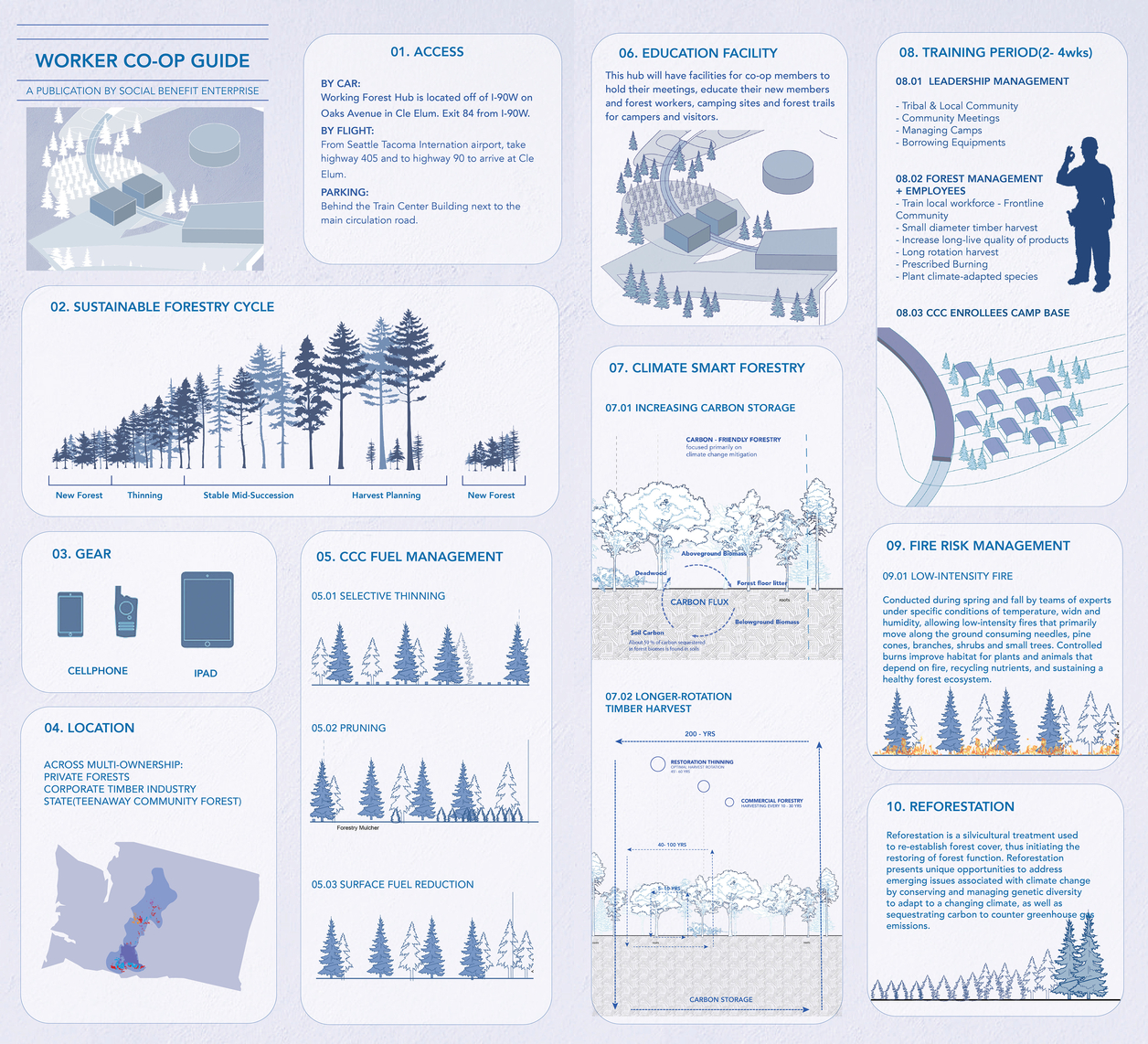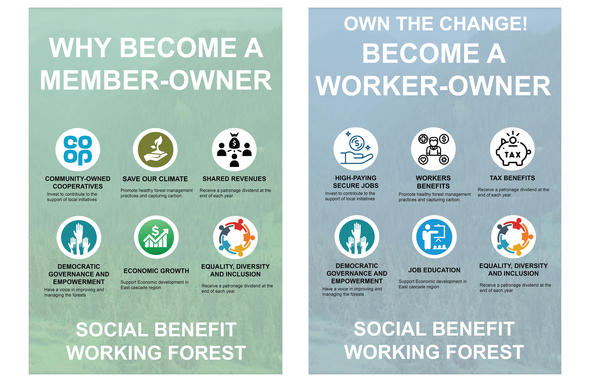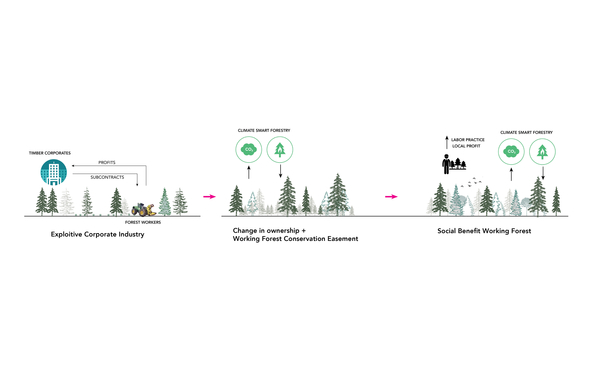SuperStudio: Green New Fire Landscapes
To date, a Green New Deal for Forests has not been articulated or evaluated comprehensively, though it has incredible potential to break longstanding divisions and bring together industry, environmental and labor groups across the United States. A GND for Forests could overhaul forest management, keeping more of that carbon in the landscape and locking up carbon stocks in long-lived forest products. It would seek to climate-proof forests against the mounting threats of climate change. It would put millions of people to work preparing forests for low-intensity prescribed burns—as Indigenous land managers have long advocated, but as forestry agencies have only recently begun trying to do. Getting back to a healthy fire ecology sounds simple, but it is in fact extraordinarily difficult to counteract more than a hundred years of fire suppression and get forests to a place where they can be safely burned again. A Green New Deal for forests would foreground rural labor and communities, including Indigenous communities who have long argued for a more ecologically responsible (and traditionally informed) approach to fire management. It would re-invigorate rural economies that rely on forests to generate economic activity, by developing sustainable wood products markets that are non-extractive and carbon-negative.
Working with experts on prescribed fire and forest carbon, with ecology advisors to the studio, and in partnership with Indigenous and government land managers, the studio will develop a toolkit of strategies for specific forest landscapes. The studio will focus on two locations—one in Washington State in the Pacific Northwest and one in Georgia in the Blue Ridge Mountains—where students will develop a handbook of interventions and compare the fire regimes across two vastly different ecosystems. One of these regions has been extensively studied and is filled with case studies, while the other has received much less attention.


